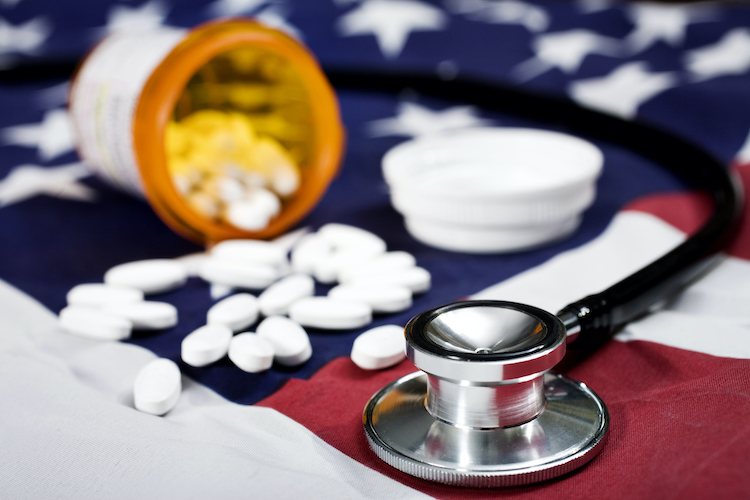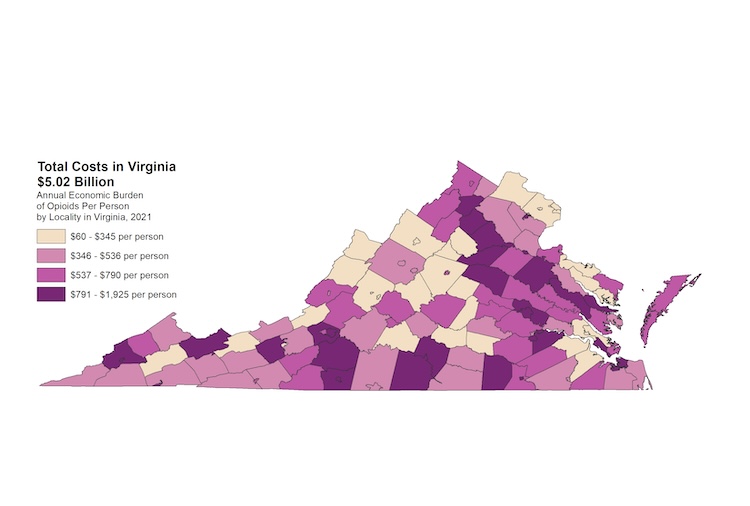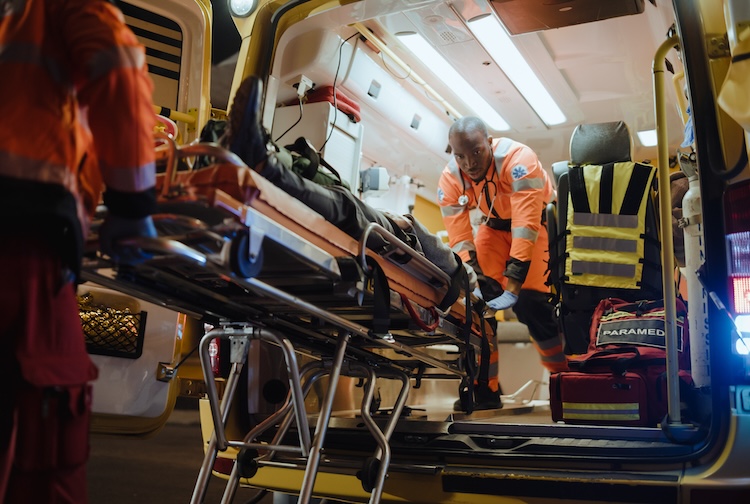
Follow-up for opioid use disorder patients after emergency department visits may reduce future overdoses in Medicaid recipients
Yet only 1 in 6 Medicaid beneficiaries receive timely follow-up care, new study of 11 state Medicaid programs finds.
June 14, 2022 Getty Images
Getty Images
RICHMOND, Va. (June 14, 2022) — Among Medicaid enrollees with opioid use disorder, having a follow-up visit seven days after an emergency department visit lowers their risk of fatal or nonfatal overdoses within six months, according to new findings led by Virginia Commonwealth University researchers published in the Journal of Substance Abuse Treatment.
“We knew little about the benefits of timely follow-up care on future opioid-related overdoses,” said Andrew Barnes, Ph.D., the study’s co-author and a professor of Health Behavior and Policyat the VCU School of Medicine. “Our results show that patients with a seven-day follow-up visit had a 7.9% likelihood of an overdose within six months, compared to 9.2% who did not have a follow-up visit.”
The study is based on analysis of over 114,000 Medicaid enrollees in 11 states who had an opioid-related emergency department visit from 2016 through 2018. The analysis of Medicaid data was possible because of the Medicaid Outcomes Distributed Research Network, a unique network that partners academic institutions — including VCU — with state Medicaid programs to overcome barriers to data-sharing among states.
The 11 states included Virginia, Delaware, Kentucky, Maryland, Maine, Michigan, North Carolina, Ohio, Pennsylvania, West Virginia and Wisconsin. State data was de-identified to protect patient privacy but research showed considerable differences among continued care after an emergency department visit across the 11 states, ranging from a low of 7.2% to 22.4%.
Hospital emergency departments are major sources of care for people with opioid use disorder. As opioid use disorders surged from 2010 to 2017, the rate of related emergency department visits doubled to 249 per 100,000 people.
“Follow-up is less likely among racial and ethnic minorities,” said Peter Cunningham, Ph.D., a professor in VCU School of Medicine’s Department of Health Behavior and Policy, who led the evaluation along with Barnes. “Seventy-nine percent of Medicaid beneficiaries offered follow-up care identified as non-Hispanic white.” Low rates of follow-up care among certain minorities could point to unique barriers they face, such as lack of providers, waiting lists, transportation, stigma or lack of willingness to seek treatment.
Although the association of follow-up care with future overdoses is relatively modest, the results provide insights that practitioners and policymakers can act on to increase the number of Medicaid enrollees with opioid use disorder who receive follow-up care within seven days after seeking emergency medical care. California and Pennsylvania, for example, have efforts underway to establish statewide “ED-Bridge” programs.
In Richmond, Virginia, VCU Health is currently operating a grant-funded Virtual Bridge Clinic. To help patients experiencing opioid use disorder move from the emergency department into treatment more seamlessly, the team offers a rapid telehealth follow-up appointment 24 hours after discharge, and an in-person appointment within two weeks. “A timely follow-up appointment has incredible impact and gets more people into long-term treatment who otherwise would have slipped through the cracks,” said Brandon Wills, D.O., an associate professor in the VCU Department of Emergency Medicine.
Nationwide, there is more work to do, according to Barnes: “Overall, we are missing an opportunity to start and continue treatment for opioid use disorders among Medicaid recipients that could change their disease management for the better.” By comparison, the rate of seven-day follow-up for mental illness-related emergency department visits is 40% for Medicaid members.
Medicaid is the largest payer of medical and health-related services in the U.S., supplying health insurance to almost 80 million people, nearly a quarter of all Americans. To qualify for Medicaid, people must have low incomes. The Affordable Care Act expanded Medicaid by incentivizing states to allow access to people with incomes slightly above the federal poverty level. Thirty-eight states and the District of Columbia adopted the expansion.



